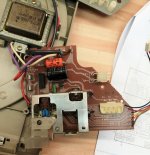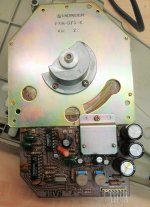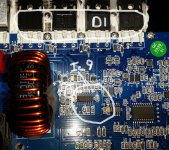My 3 Month Alpair 7 MS Review. :)
- Full Range
- 12 Replies
I have lived with these speakers for 3 months now as my daily drivers, for general TV watching to critical listening. They sit in 0.39 cu. ft. boxes tuned to 56 hz, heavily damped with F13 wool felt. (I picked up (10) 5ft. rolls for $8 on clearance at Grainger. 🙂
What I can say about these speakers is, they are without a doubt, my favorite speakers I have ever heard, hands down. I come from a background of luxury theater design and building, and I have heard many speakers in all types of environments, and to MY ears, they are simply magic... Why magic? Because I don't understand why I love them. The line between my objectivist mindset and subjectivist by the feeling these speakers make me have is... blurred.
Science tells me, no single driver should produce vocals and kick drums at the same time. Physics tells me treble and bass should not coexist in the same unit, so on faith I went for it, and THEY FREAKING DO IT ALL.
I know the frequency response is objectively not flat, and I will get to that later, but for some initial impressions first.
Imaging is beyond anything I have ever experienced in any speaker.
In fact my father-in-law came over after I finished them and I played him Emilie-Claire Barlow's version of The Very Thought of You, and the first thing he said was "why is her voice in the middle if there's no speaker in the middle?" Exactly.
On the subject of her voice: Female vocals and stringed instruments especially shine best out of the genres I have played. Mids are GORGEOUS. Spare the fancy terms. Sweet Love of Mine by Joy Williams and Teir Abhaile Riu by Celtic Woman are absolute gold from the Alpairs. Wind instruments as well have such a beautiful quality. When it comes to Drum & Bass, Dubstep, or anything with heavy amounts of bass, they tend to... Run out of steam? I don't know how to concisely describe what happens. They DO play fine, but cohesion is understandably lost with higher excursion loads.
Initially in a room measuring approx. 14' x 20' x 8' with with weird shapes and moderate damping, imaging was best but bass was lacking. Quick measurements put us at steep drop off below 70hz or so. And then I moved them to a moderately damped 12' x 13' x 8' room, where I could make use of some wall boundaries, and NOW we have bass. Center image became a bit muddy, listening from about 9' back, however we now have absolutely sufficient bass down to, I would guess the low 50's with what feels like a much more shallow rolloff. No measurements. Toe-in aided the center focus.
In this same room I decided to run them as nearfield computer speakers and that's where I got to experience the main downsides of these speakers.
Being so close to them, the treble is very apparent and at high volumes, I was becoming fatigued much quicker than anything else I've heard before. I'd have to blame that 12kHz peak for that. Just not flat enough for my liking. And that is really my only big gripe with these. Toe-ing them out a bit solves that but we lose the imaging magic as well. I personally prefer them as a mid to farfield speaker than nearfield, in a small to medium room. A/B-ing these against my TABAQ RS-100 2-ways with 5/8" Dayton tweeters, I can admit to liking the treble a whole lot more than the Alpairs.
My other problem with these, is a cosmetic thing: the center cap. On both of my units, the overall build quality is fantastic aside from massive glue beads around each center cap. It really does not look good.
So in total, they are not for everybody, and they aren't for ultra loud listening, or for multiple seating environments like a theater because I could hear the beaming and treble is destroyed off-axis.
I know they measure poorly on a scale, and I have a deep respect for objective measurements and science in the audio world, especially being in a work field involving so much physics and acoustical engineering. But I can't shake these drivers. I was set when I got them to prove myself right in knowing they'd sound bad... But guess what? They just... Make me happy. And at the end of the day, that's all that matters.
Do with that what you will. 😛
What I can say about these speakers is, they are without a doubt, my favorite speakers I have ever heard, hands down. I come from a background of luxury theater design and building, and I have heard many speakers in all types of environments, and to MY ears, they are simply magic... Why magic? Because I don't understand why I love them. The line between my objectivist mindset and subjectivist by the feeling these speakers make me have is... blurred.
Science tells me, no single driver should produce vocals and kick drums at the same time. Physics tells me treble and bass should not coexist in the same unit, so on faith I went for it, and THEY FREAKING DO IT ALL.
I know the frequency response is objectively not flat, and I will get to that later, but for some initial impressions first.
Imaging is beyond anything I have ever experienced in any speaker.
In fact my father-in-law came over after I finished them and I played him Emilie-Claire Barlow's version of The Very Thought of You, and the first thing he said was "why is her voice in the middle if there's no speaker in the middle?" Exactly.
On the subject of her voice: Female vocals and stringed instruments especially shine best out of the genres I have played. Mids are GORGEOUS. Spare the fancy terms. Sweet Love of Mine by Joy Williams and Teir Abhaile Riu by Celtic Woman are absolute gold from the Alpairs. Wind instruments as well have such a beautiful quality. When it comes to Drum & Bass, Dubstep, or anything with heavy amounts of bass, they tend to... Run out of steam? I don't know how to concisely describe what happens. They DO play fine, but cohesion is understandably lost with higher excursion loads.
Initially in a room measuring approx. 14' x 20' x 8' with with weird shapes and moderate damping, imaging was best but bass was lacking. Quick measurements put us at steep drop off below 70hz or so. And then I moved them to a moderately damped 12' x 13' x 8' room, where I could make use of some wall boundaries, and NOW we have bass. Center image became a bit muddy, listening from about 9' back, however we now have absolutely sufficient bass down to, I would guess the low 50's with what feels like a much more shallow rolloff. No measurements. Toe-in aided the center focus.
In this same room I decided to run them as nearfield computer speakers and that's where I got to experience the main downsides of these speakers.
Being so close to them, the treble is very apparent and at high volumes, I was becoming fatigued much quicker than anything else I've heard before. I'd have to blame that 12kHz peak for that. Just not flat enough for my liking. And that is really my only big gripe with these. Toe-ing them out a bit solves that but we lose the imaging magic as well. I personally prefer them as a mid to farfield speaker than nearfield, in a small to medium room. A/B-ing these against my TABAQ RS-100 2-ways with 5/8" Dayton tweeters, I can admit to liking the treble a whole lot more than the Alpairs.
My other problem with these, is a cosmetic thing: the center cap. On both of my units, the overall build quality is fantastic aside from massive glue beads around each center cap. It really does not look good.
So in total, they are not for everybody, and they aren't for ultra loud listening, or for multiple seating environments like a theater because I could hear the beaming and treble is destroyed off-axis.
I know they measure poorly on a scale, and I have a deep respect for objective measurements and science in the audio world, especially being in a work field involving so much physics and acoustical engineering. But I can't shake these drivers. I was set when I got them to prove myself right in knowing they'd sound bad... But guess what? They just... Make me happy. And at the end of the day, that's all that matters.
Do with that what you will. 😛
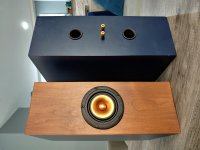
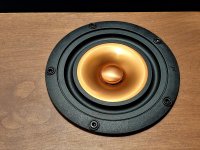
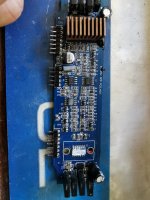
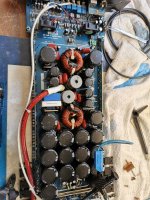
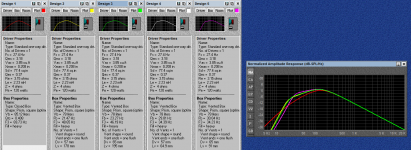
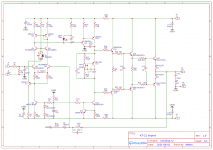
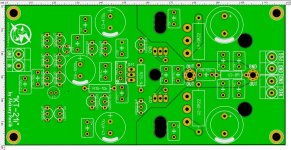
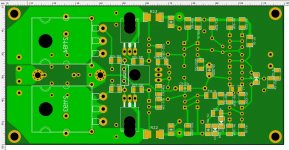
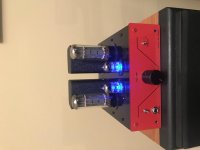




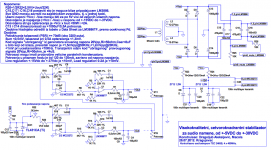
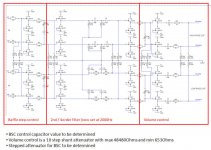
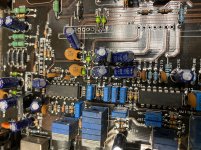

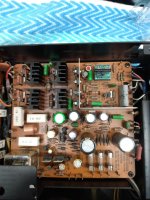
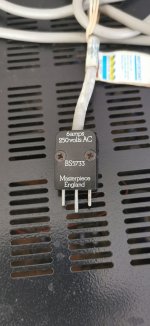
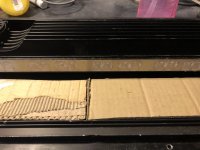
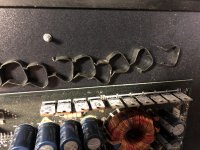
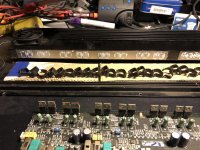

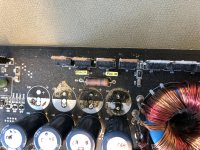
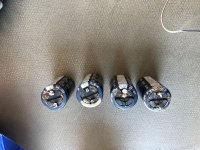
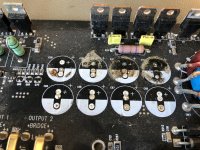
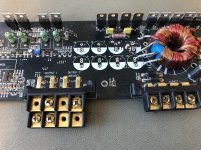
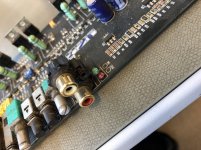
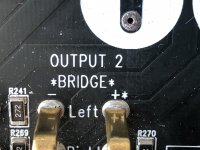

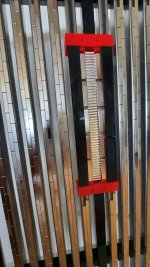
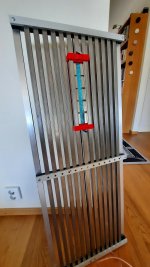
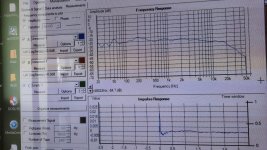


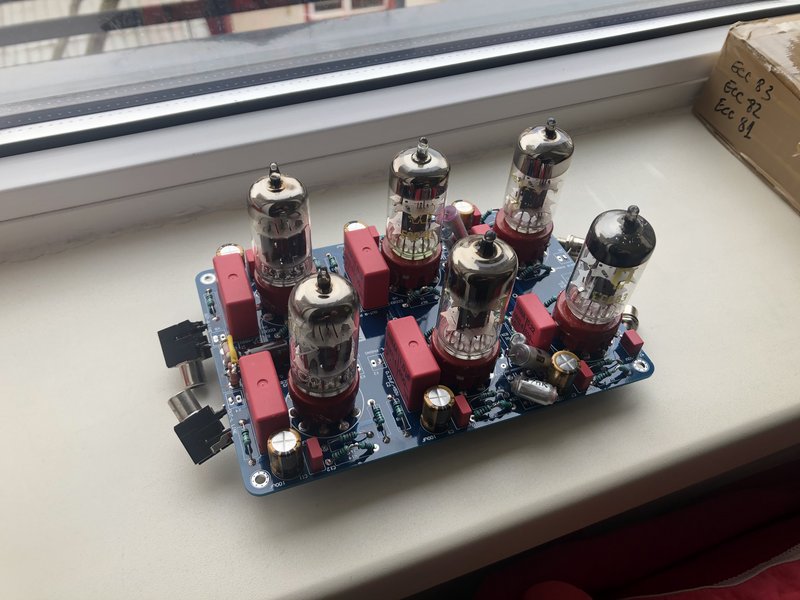
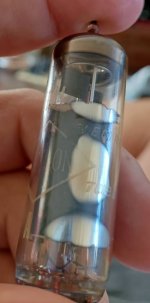
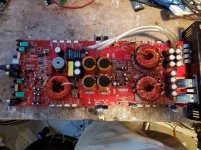
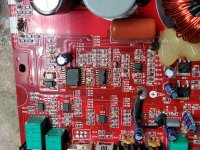
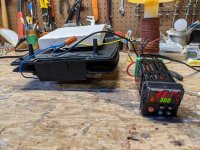
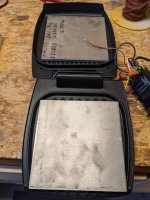
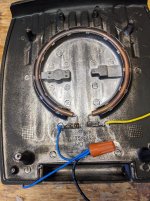

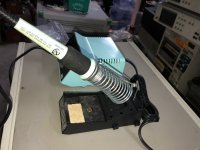
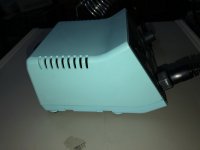
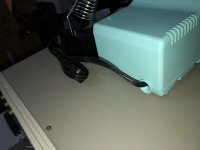
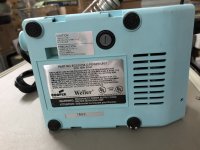
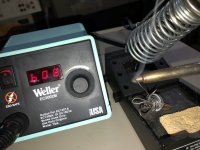
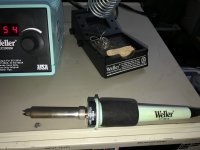
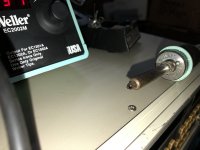
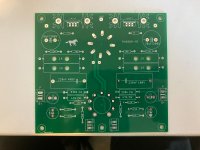
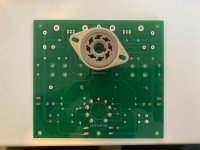
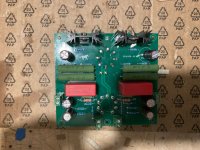
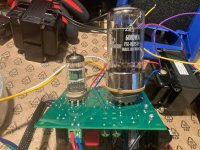




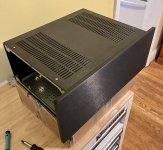
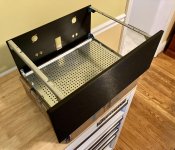
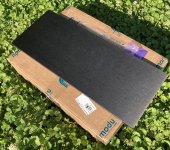
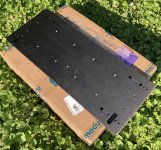

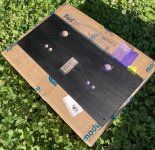
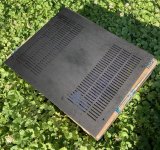
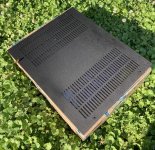
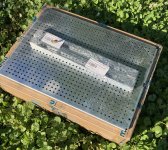
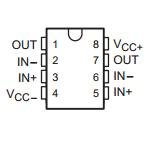

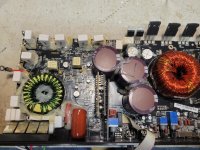
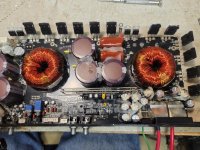
![20210614_140628[1].jpg](/community/data/attachments/883/883452-083bd4b71ee0673b839e4fd5eb3e80c5.jpg?hash=CDvUtx7gZz)
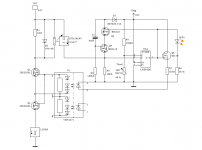
 .
.